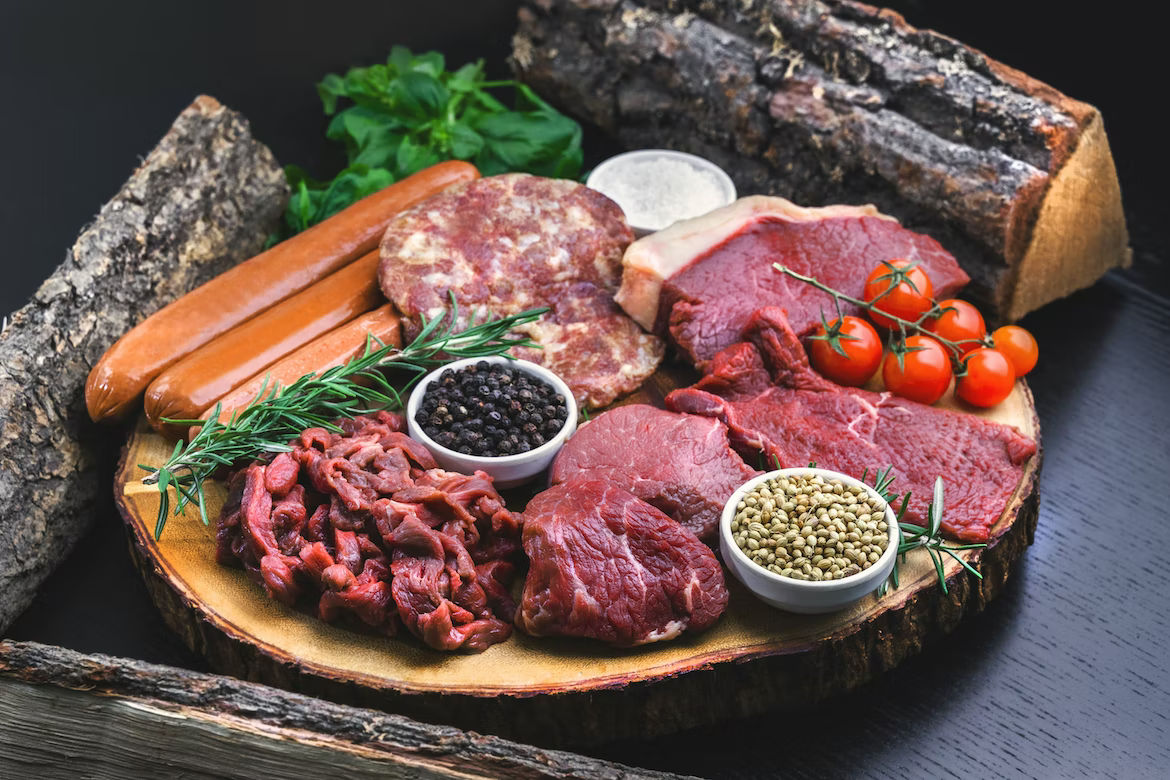The U.S. Food and Drug Administration (FDA) on Wednesday announced that it had approved a meat product made from animal cells for ingestion by humans for the first time.
According to a press statement from the FDA, Upside Foods, a company that produces cell-cultured chicken by extracting cells from living animals and using the cells to grow meat in stainless-steel tanks, will be permitted to market its goods after passing USDA inspection.
Also read: Sperm count decline could threaten the future of mankind: Study
“The world is experiencing a food revolution and the (FDA) is committed to supporting innovation in the food supply,” FDA Commissioner Robert M. Califf and Susan Mayne, director of the FDA’s Center for Food Safety and Applied Nutrition, said in a statement.
In documents made public on Wednesday, the FDA stated that it had examined the company’s evidence and had no further concerns regarding the conclusion that its product was safe for humans to consume.
Also read: 5 celebrities diagnosed with amyotrophic lateral sclerosis
What is lab-grown meat?
Compared to terms like free range and farm-raised, lab-grown leaves a lot to the imagination when it comes to how cultured meat is made, but it’s not as scary as it sounds. Take a cow for example.
Scientists will use a cow’s stem cells, the building blocks of muscle and other organs, to begin the process of creating cultured meat. The cells are placed in petri dishes with amino acids and carbohydrates to help the muscle cells multiply and grow. Once enough muscle fibers have grown, the result is meat that resembles ground beef.
Also read: What is Amyotrophic Lateral Sclerosis?
In 2012, the first hamburger synthesised in a lab was produced at a cost of roughly $325,000. But as technology develops, the price of making cultured meat should go down.
Dutch firm Mosa Meat said that if they can achieve large-scale production, the price might be $80 per kilogramme during an interview on an Australian radio programme. Accordingly, a 5-ounce hamburger would cost a little bit more than $11.
Also read: What are death cap mushrooms?
The environmental impact of generating lab-grown beef is yet to be determined, although it already seems to be far more environmentally friendly. Lab-grown beef uses 96% less energy, 99% less land, and produces 45% less greenhouse gas emissions than conventional beef.







